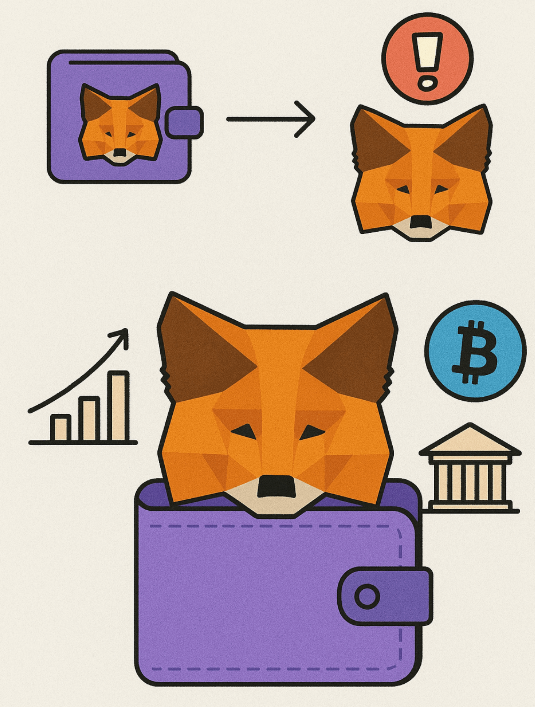Satoshi and the Rise of Bitcoin as Treasury Reserve in the GCC
When Satoshi Nakamoto introduced Bitcoin in 2009, few could have predicted that within just over a decade, it would become a serious contender for corporate and sovereign treasuries. In the Gulf Cooperation Council (GCC) region, the conversation around Bitcoin is no longer limited to retail investors or tech enthusiasts. Instead, it has reached the boardrooms of institutions, family offices, and sovereign wealth funds.
The GCC economies — particularly Dubai, Abu Dhabi, and Kuwait — have long depended on oil and natural gas as their economic backbone. However, diversification has become the new mantra. This diversification isn’t just about real estate, logistics, or green energy — it’s also about digital finance. Bitcoin, with its fixed supply of 21 million, provides a hedge against inflation and a tool for cross-border reserves.
Unlike fiat currencies, which can be printed at will, Bitcoin reflects Satoshi’s vision of scarcity and decentralization. This makes it uniquely attractive to governments in regions where preserving wealth across generations is paramount. A country like Kuwait, with one of the world’s largest sovereign wealth funds, could benefit from allocating a portion of its reserves into Bitcoin, much like how institutions in the U.S. and Europe have started.
Satoshi’s blueprint wasn’t about institutions — it was about empowering individuals. But ironically, institutions adopting Bitcoin may be what takes his vision to scale globally. For the GCC, integrating Bitcoin into treasury strategies not only provides stability but also positions them as forward-looking leaders in the global digital economy.


































